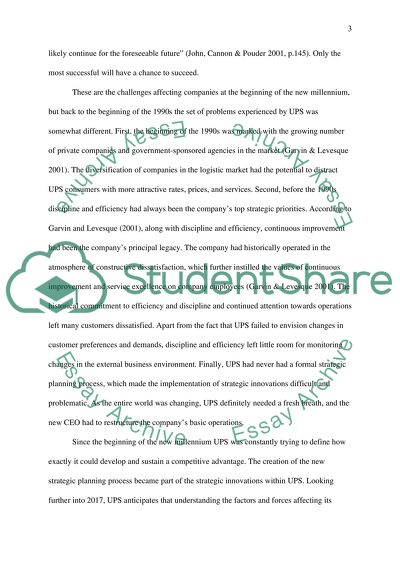Cite this document
(“UPS Company Strategy Case Study Example | Topics and Well Written Essays - 1500 words”, n.d.)
Retrieved from https://studentshare.org/marketing/1441065-ups-company-strategy
Retrieved from https://studentshare.org/marketing/1441065-ups-company-strategy
(UPS Company Strategy Case Study Example | Topics and Well Written Essays - 1500 Words)
https://studentshare.org/marketing/1441065-ups-company-strategy.
https://studentshare.org/marketing/1441065-ups-company-strategy.
“UPS Company Strategy Case Study Example | Topics and Well Written Essays - 1500 Words”, n.d. https://studentshare.org/marketing/1441065-ups-company-strategy.


